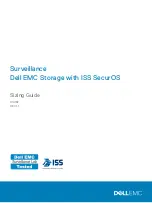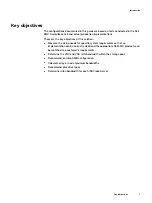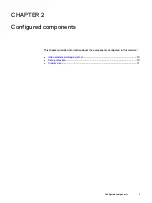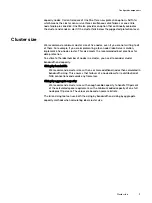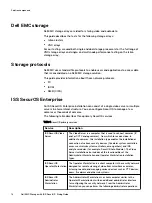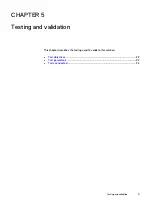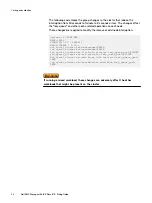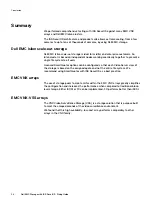
capacity nodes. Current releases of OneFS offer a new protection option, +3d:1n1d,
which means the cluster can survive three simultaneous disk failures or one entire
node failure plus one disk. OneFS also provides an option that continually evaluates
the cluster and sends an alert if the cluster falls below the suggested protection level.
Cluster size
We recommend a minimum cluster size of five nodes, even if you are not writing to all
of them. For example, if you are implementing a four-node Video Server solution,
implement a five-node cluster. This also meets the recommended best practices for
data protection.
To estimate the ideal number of nodes in a cluster, you need to consider cluster
bandwidth and capacity.
Sizing by bandwidth
We recommend a cluster size with one or more additional nodes than calculated in
bandwidth sizing. This ensures that failover of a node allows for redistribution of
NAS connections and avoids any frame loss.
Sizing by aggregate capacity
We recommend a cluster size with enough usable capacity to handle 110 percent
of the calculated space requirement, with a minimum added capacity of one full
node plus 10 percent. The values are based on camera bit rate.
The Isilon sizing tool can use both the sizing by bandwidth and sizing by aggregate
capacity methods when calculating ideal cluster size.
Configured components
Cluster size
11
Summary of Contents for EMC Series
Page 1: ...Surveillance Dell EMC Storage with ISS SecurOS Sizing Guide H14192 REV 1 1 ...
Page 4: ...CONTENTS 4 Dell EMC Storage with ISS SecurOS Sizing Guide ...
Page 8: ...Introduction 8 Dell EMC Storage with ISS SecurOS Sizing Guide ...
Page 12: ...Configured components 12 Dell EMC Storage with ISS SecurOS Sizing Guide ...
Page 16: ...Solution components 16 Dell EMC Storage with ISS SecurOS Sizing Guide ...
Page 20: ...Sizing the solution 20 Dell EMC Storage with ISS SecurOS Sizing Guide ...

